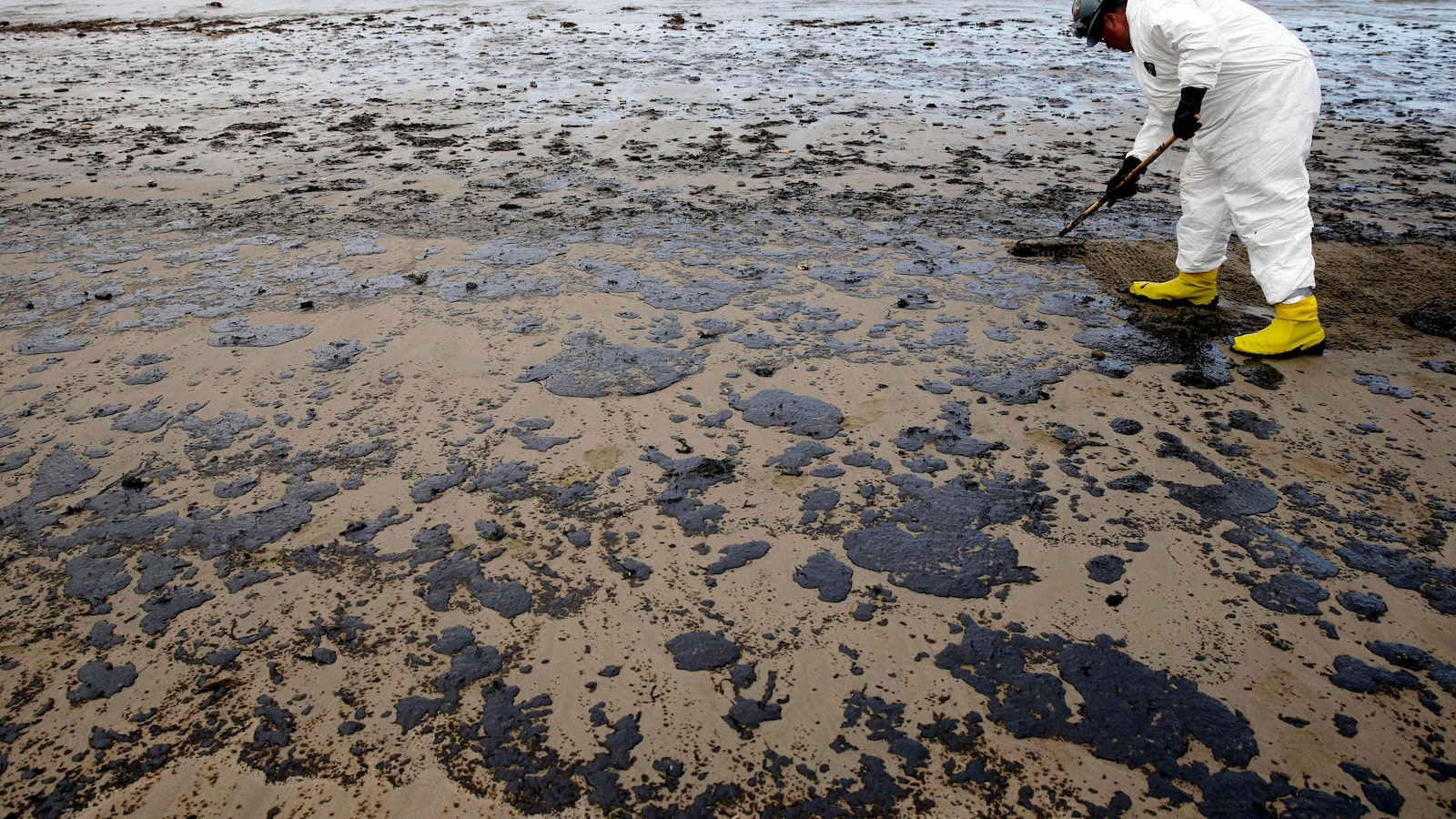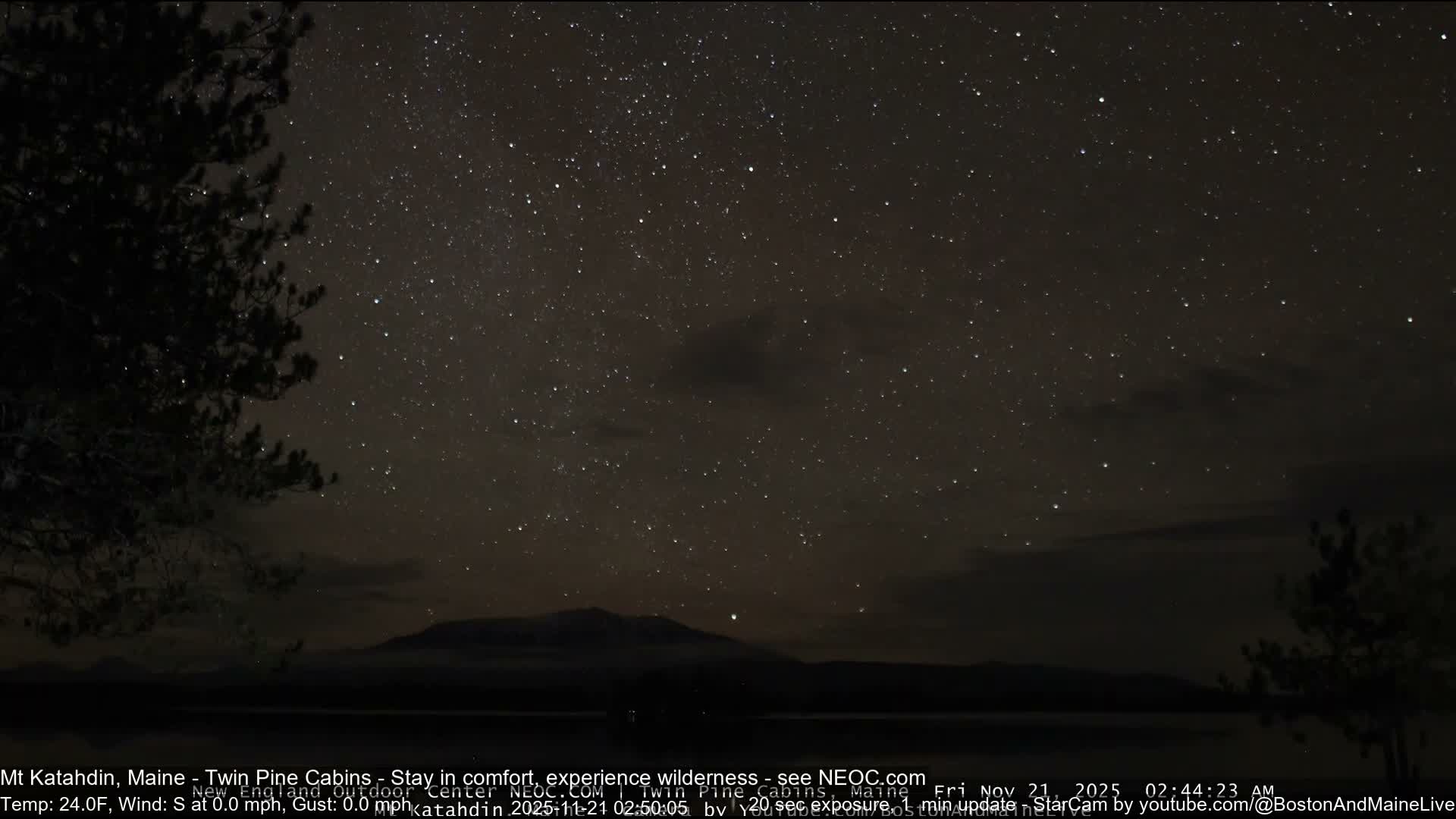Trump Administration Pushes Controversial New Offshore Oil Drilling Near California, Florida Coasts Amidst “Energy Dominance” Goal
 United States
Energy Policy
United States
Energy Policy

Trump administration announces plans for new offshore oil drilling off California and Florida, reversing Biden's climate policies. The move faces strong opposit
Trump Administration Unveils Sweeping Offshore Drilling Plan for California, Florida Coasts
The Trump administration has reignited a contentious debate by unveiling a sweeping plan to open vast new areas off the California and Florida coasts to offshore oil drilling, a move not seen in decades for these environmentally sensitive regions. This aggressive push, announced in Washington, is central to President Donald Trump's "energy dominance" strategy, aiming to significantly expand U.S. oil production which is already a global leader.
A Reversal of Climate Policy
This initiative comes as a direct reversal of former President Joe Biden's climate-focused policies. Since beginning his second term in January, Trump has systematically dismantled regulations aimed at slowing climate change, which he dismisses as "the greatest con job ever perpetrated on the world." Instead, his administration has prioritized fossil fuel extraction, establishing a National Energy Dominance Council to accelerate oil, coal, and natural gas production. Concurrently, his administration has curbed support for renewable energy projects, canceling billions in grants for clean energy initiatives nationwide.
Immediate Opposition and State Resistance
The proposed drilling plan faces immediate and fierce opposition. California Governor Gavin Newsom, a Democrat and potential 2028 presidential contender, declared the idea "dead on arrival" via social media, signaling strong resistance from his state which has a history of restricting offshore drilling since the catastrophic 1969 Santa Barbara spill. This incident notably catalyzed the modern environmental movement.
In Florida, bipartisan opposition is anticipated. Key state senators, including Republican Rick Scott, a Trump ally, have previously worked to maintain moratoria on offshore drilling. Scott, who helped block a similar plan in 2018, emphasized the critical importance of Florida's pristine beaches and coastal waters to its economy and way of life. Tourism and clean beaches are economic pillars for both California and Florida, making them particularly vulnerable to the risks associated with offshore oil operations.
Scope of the Ambitious Proposal
The ambitious five-year proposal outlines six offshore lease sales off California and new drilling sites at least 100 miles from Florida's shore, adjacent to existing large-scale operations in the Central Gulf of Mexico. It also targets over 20 lease sales off Alaska, including a newly designated area known as the High Arctic, more than 200 miles offshore. Industry groups, like the American Petroleum Institute, support the plan, citing California's oil-producing past and potential for new revenue and jobs.
Environmental Warnings and Past Precedents
However, environmental groups are sounding alarms. Joseph Gordon, campaign director for the environmental group Oceana, described the plan as an "oil spill nightmare," warning of irreparable environmental damage, suppressed property values, harm to tourism, and weakened coastal infrastructure. Democratic lawmakers echoed these concerns, stressing the potential devastation to coastal economies, ecosystems, and public health. They pointed out that a single disastrous spill could cost taxpayers billions in cleanup and restoration.
Past incidents highlight these risks. A 2015 oil spill off Santa Barbara, for instance, saw a Texas-based company, Sable Offshore Corp., attempt to restart production in damaged waters, with support from the Trump administration. This project is framed by the administration as a model for increasing U.S. energy output by reducing regulatory hurdles. The legality of expanding offshore drilling has also seen legal battles; a federal court previously struck down former President Biden’s order to withdraw vast federal waters from oil development. The stakes are high, with critics fearing a new era of environmental risk for America's treasured coastlines.





